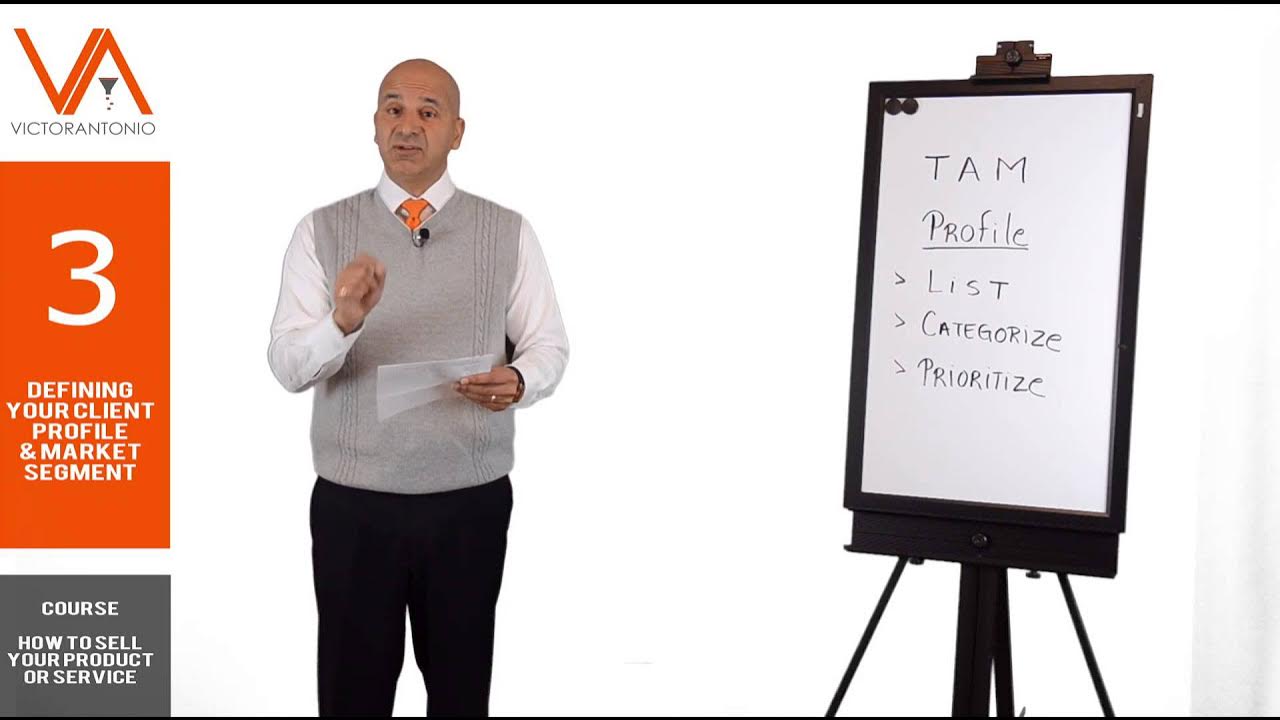How to Sell Your Product or Service - Competition and Analysis (Part 4 of 11)
Summary
TLDRThis module guides on creating a comparative analysis to understand how a product or service is perceived compared to competitors. It instructs to list key features, benefits, and advantages (FBA), and then compare these with top competitors to identify differentiators. The exercise aims to prepare sellers with a strategic approach to highlight unique selling points during customer interactions, providing a sales map to effectively communicate and compete in the market.
Takeaways
- 📝 Conduct a comparative analysis of your product or service with top competitors to understand market positioning.
- 🔍 Identify 2-3 competitors selling similar products or services to your target market.
- 📈 Create a comparative chart listing your company and competitors' features, benefits, and advantages (FBA).
- 🚀 Highlight unique FBAs that your product offers which competitors do not, to differentiate your offering.
- 🛍️ Recognize that customers may already be using or comparing your product to competitors, so be prepared to address this.
- 💡 Use the comparative analysis to adjust your sales strategy and effectively communicate your product's advantages.
- 📝 Memorize key points from the comparative analysis to be able to discuss them confidently with customers.
- 🔑 Understand that differentiation is crucial for customers to see what sets your product apart from the competition.
- 🛑 Keep the comparative analysis as a reference tool, not necessarily to be shown to customers, but to guide your sales approach.
- 📚 Complete the exercise of creating a comparative analysis and incorporate it into your sales presentations for a strategic advantage.
Q & A
What is the main focus of the module discussed in the transcript?
-The main focus of the module is to teach how to create a comparative analysis of a product or service by listing its features, benefits, and advantages, and comparing them with those of top competitors.
What are the three elements that should be listed for a product or service in the comparative analysis?
-The three elements to be listed are features, benefits, and advantages (FBA) of the product or service.
Why is it important to compare the product or service with competitors?
-Comparing with competitors helps to identify unique selling points and differentiators, which can be crucial in understanding how to position the product or service in the market and during sales pitches.
How many competitors should one consider when creating a comparative analysis?
-It is suggested to consider the top two or three competitors in the market for the comparative analysis.
What is the purpose of listing competitors' names in the comparative analysis chart?
-Listing competitors' names helps in directly comparing the features, benefits, and advantages of the product or service with those of known competitors, which can be useful in sales conversations.
What does the transcript suggest doing if a competitor offers a similar feature?
-If a competitor offers a similar feature, it suggests identifying and highlighting the unique features or advantages that the product or service offers which the competitor does not.
How can the comparative analysis chart be used during a sales conversation with a customer?
-The chart can be used to quickly reference and highlight the differentiators and advantages of the product or service over competitors when a customer asks for comparisons.
What is the suggested number of features, benefits, and advantages to list in the comparative analysis?
-The transcript suggests listing three to five key feature benefit advantages, with an ideal range being three to five, but no more than seven.
Why is it beneficial to memorize the comparative analysis chart?
-Memorizing the chart allows for quick recall of information during sales conversations, enabling the salesperson to effectively address customer concerns and competitor comparisons.
What is the term used in the transcript to describe the unique aspects of a product or service compared to competitors?
-The term used is 'differentiation', which refers to the unique features or advantages that set the product or service apart from competitors.
How does the comparative analysis help in strategizing sales approaches?
-The comparative analysis helps in strategizing by providing a clear understanding of the product's strengths and competitors' weaknesses, allowing for a tailored sales approach that emphasizes the product's unique advantages.
Outlines

Этот раздел доступен только подписчикам платных тарифов. Пожалуйста, перейдите на платный тариф для доступа.
Перейти на платный тарифMindmap

Этот раздел доступен только подписчикам платных тарифов. Пожалуйста, перейдите на платный тариф для доступа.
Перейти на платный тарифKeywords

Этот раздел доступен только подписчикам платных тарифов. Пожалуйста, перейдите на платный тариф для доступа.
Перейти на платный тарифHighlights

Этот раздел доступен только подписчикам платных тарифов. Пожалуйста, перейдите на платный тариф для доступа.
Перейти на платный тарифTranscripts

Этот раздел доступен только подписчикам платных тарифов. Пожалуйста, перейдите на платный тариф для доступа.
Перейти на платный тарифПосмотреть больше похожих видео
5.0 / 5 (0 votes)






